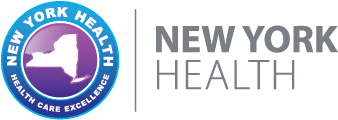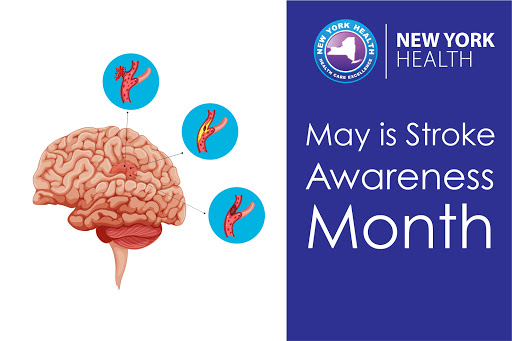Stroke Awareness Month
In most situations, strokes occur suddenly and with little warning; however, how you respond and how fast makes all the difference. The quicker you take action, there is less chance of damage and the higher chance of saving a life.
In honor of Stroke Awareness Month it’s important to understand the signs of a stroke and the actions you should take when one occurs:
Signs a Stroke is Occurring
When a stroke occurs, symptoms can often appear without any known cause. Many will feel a severe headache, trouble walking with lack of coordination, difficulty seeing, confusion, or numbness in the face.
You might notice weakness in your extremities and find it hard to do everyday tasks, often happening on one side of the body. Symptoms will usually worsen, and you will need to take fast action to ensure the best treatment.
When to Take F.A.S.T. Action
The Centers for Disease Control and Prevention suggests that F.A.S.T. action is a must. The stroke treatments with the best outcome occur when a stroke is recognized and diagnosed within 3 hours of the first symptoms. The F.A.S.T. test will allow you to be aware of when the symptoms start. Begin by:
F- Face: Asking for a smile to see if one side of the face is drooping.
A-Arms: Have them raise both arms to see if one of them drifts downward.
S- Speech: Have them repeat a basic phrase to identify any slurred or strange speech.
T- Time: If these signs exist, call 911 immediately.
In other cases, symptoms might go away after a few minutes, known as a transient ischemic attack (T.I.A.). Even if symptoms clear up, it’s still important to inform your healthcare provider about them immediately as it could be a precursor for something serious and could save your life.
Risk Factors for a Stroke
Stroke risks know no age and having one stroke increases your chances of having another. The uncontrollable factors that may cause a stroke include age, sex, and ethnicity, but there are various controllable factors, too. Smoking, drinking, and lack of exercise can all increase your risk. At the same time, high blood pressure, diabetes, and obesity put you at a higher risk for stroke. A healthy lifestyle that addresses these issues is the best step for prevention.

